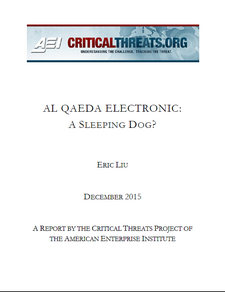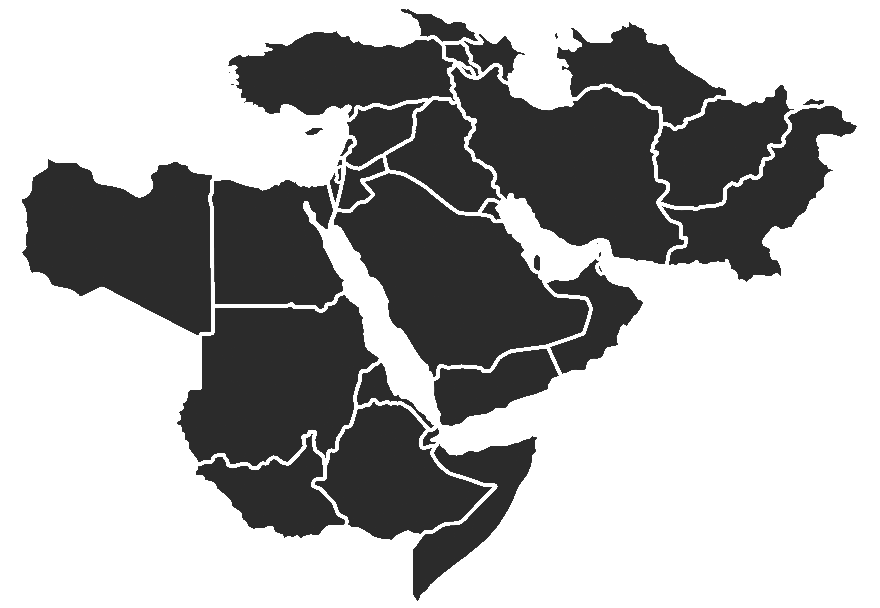{{currentView.title}}
December 02, 2015
Al Qaeda Electronic: A Sleeping Dog?
Cyber warfare is a natural arena for al Qaeda. It allows a small number of covert and dispersed individuals to inflict disproportionate damage on a much stronger adversary.[i] Cyber warriors generally hail from the class of disaffected, educated, relatively-well-off radicals from whom al Qaeda draws its leadership cadres. Al Qaeda should have an advanced cyber-warfare capability to hurt the West and help recruit new followers, but it does not. The only hacking collective claiming affiliation with the group is al Qaeda Electronic (AQE), which was formed only this year and has shown limited and rudimentary capabilities. Al Qaeda does not seem to pose a significant cyber threat to the U.S. or its allies at this time.
 |
Al Qaeda’s relative impotence in the cyber realm likely reflects the experiences of its leaders and the group’s history. Ayman al Zawahiri, its current leader, and his lieutenants have spent most of the past 25 years operating covertly and trying to evade the prying electronic eyes of Western intelligence agencies. They have seen information technology as a way to communicate securely to a small group of trusted leaders, which is why they still rely heavily on password-protected and tightly monitored closed internet forums and emphasize the virtues of encryption.[ii] They have a very defensive mindset when it comes to information technology.[iii]
The emergence of the Islamic State of Iraq and al Sham (ISIS) is changing the landscape of al Qaeda-related cyber activities, however. ISIS is much more offensively oriented, and its declaration of an Islamic State shows its desire to operate in the open rather than the shadows. Its use of information technology follows the same pattern. ISIS relies heavily on social media to communicate among its leaders and to its followers, as well as to attract potential recruits. ISIS is creating competition within the jihadi world in cyberspace as well as in the arts of terrorism and atrocity.
Al Qaeda loyalists can evolve dangerous capabilities rapidly in response to this ISIS challenge, should they chose to. Tools for conducting advanced attacks are openly sold on the Dark Web. Cyber capabilities can be easily transferred from criminals to terrorists and among terrorist groups. The relative conservatism and cyber-backwardness of al Qaeda’s current leadership should not lull us into complacency. We must still closely follow the individuals and groups claiming to be al Qaeda’s vanguard into the cyber war space lest we be surprised one day by an attack that we could have predicted.
To read the full report, click here.
